Keeping home bugs away is a big problem that needs to be solved if we want to live in harmony with nature. Chemical herbicides are usually used, and while they work, they raise worries about their effects on health and the environment.
This situation makes us think about the knowledge hidden in nature, which shows us a wide range of plant friends that can keep unwanted bugs out of our houses.
Using specific plants as natural bug repellents is an example of a suitable method for people and the environment. This piece gets to the heart of herbal pest control, showing us the qualities of plants that keep bugs away and how we can use these green guards in our homes.
How Plants Keep Bugs Away
Plants have developed many defenses against insects and animals, from simple chemical defenses to physical walls. The most important of these is the production of volatile organic compounds (VOCs).
These chemicals, which give plants unique smells, can also keep different insects away, making them a safe way to get rid of pests.
Also Read: 10 Suitable Vegetables For Your Kitchen Garden.
20 Plants That Keep Bugs Out of Your Home
In the complicated dance of nature, plants have devised ingenious ways to keep insects away. Plant knowledge that has been honed over thousands of years can help us find long-term answers to the problem of pests in our homes.
We can enjoy their beauty and peace by bringing plants into our homes and using their natural bug-fighting abilities. This piece talks about twenty plants that are known for keeping bugs away.
It will help you understand how they work and what they can be used for. Let this trip make you wonder and be interested in how complicated the natural world is and how we can live together with it in peace.
1. Lavender (Lavandula spp.)
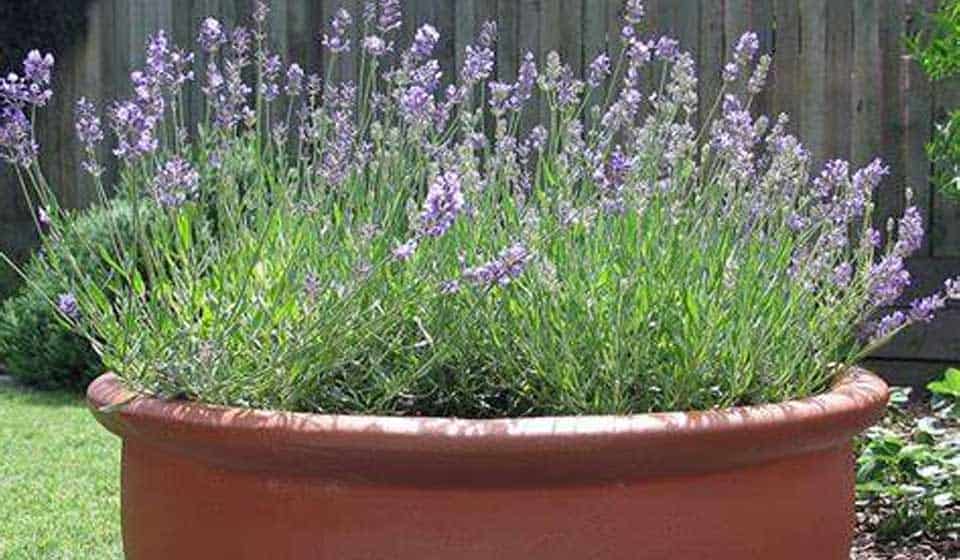
We enjoy the soothing smell of lavender, but moths, fleas, flies, and mosquitoes find it quite unpleasant. Lavender’s pleasant smell and ability to keep pests away come from the chemicals linalool and linalyl acetate.
Also Read: How to Grow Buckets Full of Bell Peppers at Home
2. Basil (Ocimum basilicum)

Basil is a popular herb in cooking, and it has a strong smell that keeps flies and bugs away. The plant’s secret tool, estragole, makes it a good friend for keeping our homes safe.
3. Lemongrass (Cymbopogon citratus)

Lemongrass is famous for being an essential part of making citronella oil. It creates a scent wall that confuses mosquitoes by hiding other smells that attract them, keeping these bloodthirsty bugs away.
4. Mint (Mentha spp.)

Mint grows quickly and vigorously, and the strong menthol smell makes it unpleasant for ants and flies to be there. This excellent herb’s protective hug goes beyond the yard and into the home, forming a natural wall.
Also Read: How To Make Well-drained Soil For Indoor Plants
5. Chrysanthemums (Chrysanthemum cinerariifolium)

The flowers of this plant are full of pyrethrins, which are natural pesticides that mess up the brain systems of many home pests like roaches, ants, and ticks. This shows that nature has a natural way of getting rid of pests.
6. Rosemary (Rosmarinus officinalis)

The woody smell of rosemary makes it a strong defense against many bugs. Because its fragrant oils keep bugs and veggie garden pests away, it is an essential plant in the yard and the home.
7. Marigolds (Tagetes spp.)
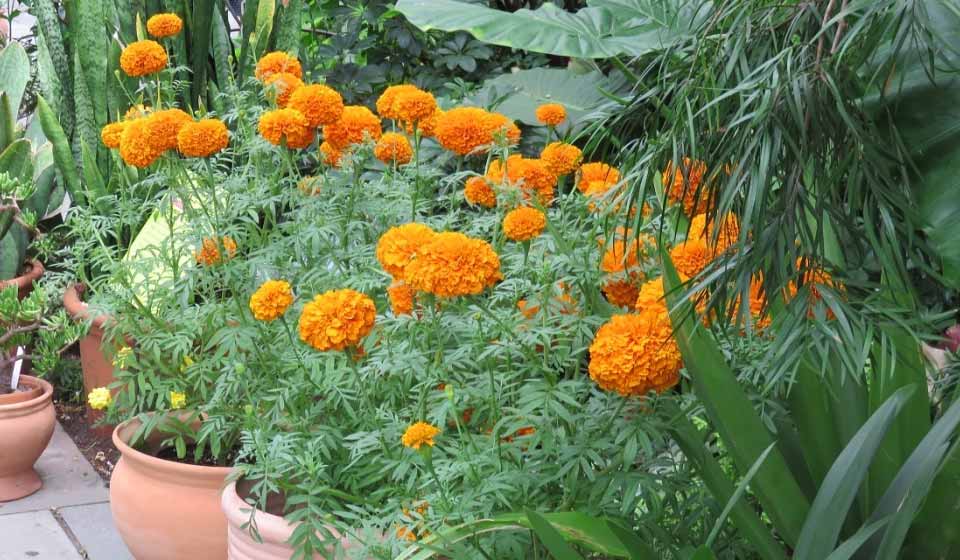
Aphids, bugs, and even rabbits don’t like the smell of marigold flowers. Pyrethrum in the roots protects the ground, making an unseen wall around your house.
Also Read: Garden Trellis: A Guide to Support Climbing Plants
8. Catnip (Nepeta cataria)
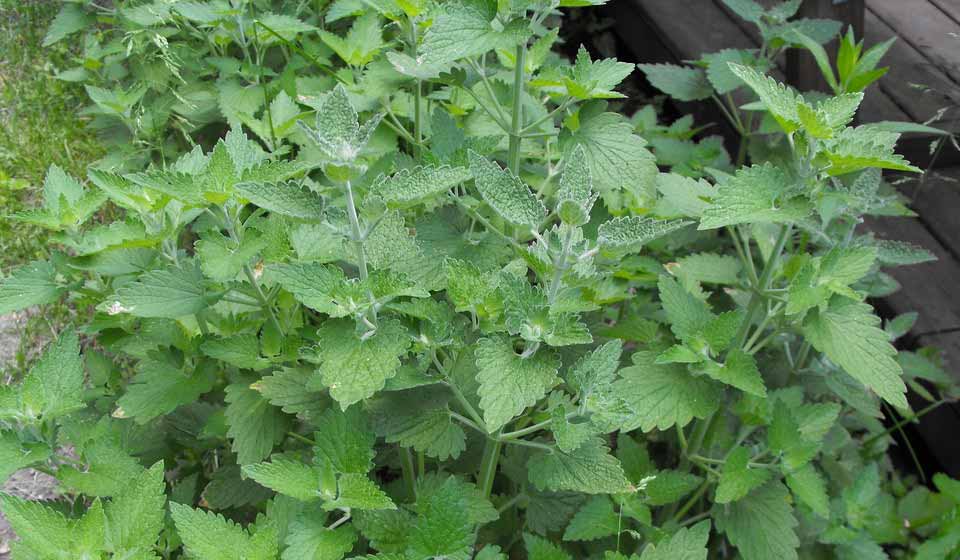
Nepetalactone, found in catnip, is a chemical that keeps bugs away. Catnip is known for making cats happy. This chemical works just as well as manufactured repellents, making catnip a powerful defense against unwanted visitors.
9. Citronella Grass (Cymbopogon nardus)
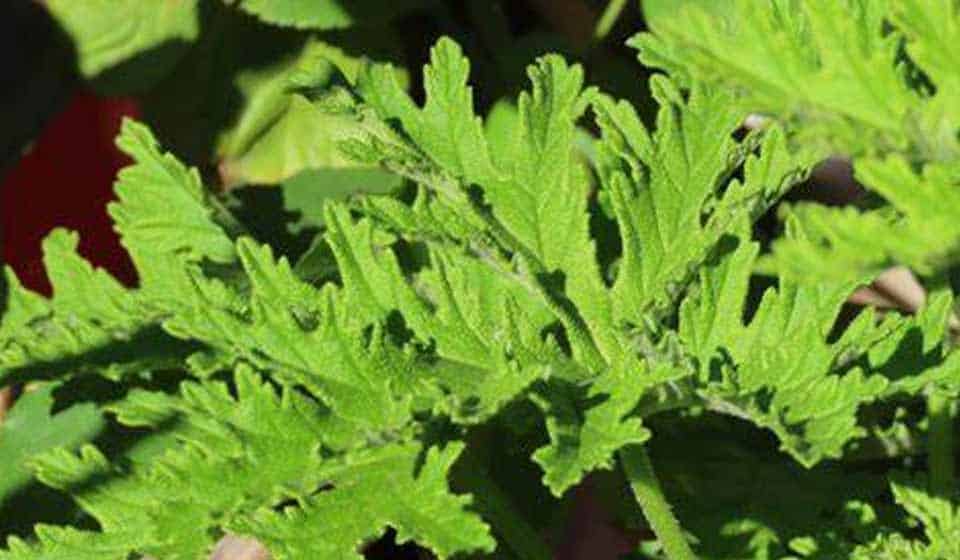
The smell of citronella grass, known to keep mosquitoes away, is used in many outdoor lights and sprays. Its presence creates an odor shield that keeps mosquitoes from landing and biting.
Also Read: How to Propagate Pomegranate from Cutting
10. Peppermint (Mentha piperita)

Peppermint is a more potent cousin of mint, and spiders and ants don’t like the strong smell of it. This plant shows how versatile menthol is as a natural bug repellent, which adds to our collection of pest-control tools.
11. Garlic (Allium sativum)

Garlic is excellent for cooking but has chemicals that keep bugs and other plant pests away. Planting garlic near doors can keep bugs out of the house without drawing attention to itself.
12. Eucalyptus (Eucalyptus spp.)
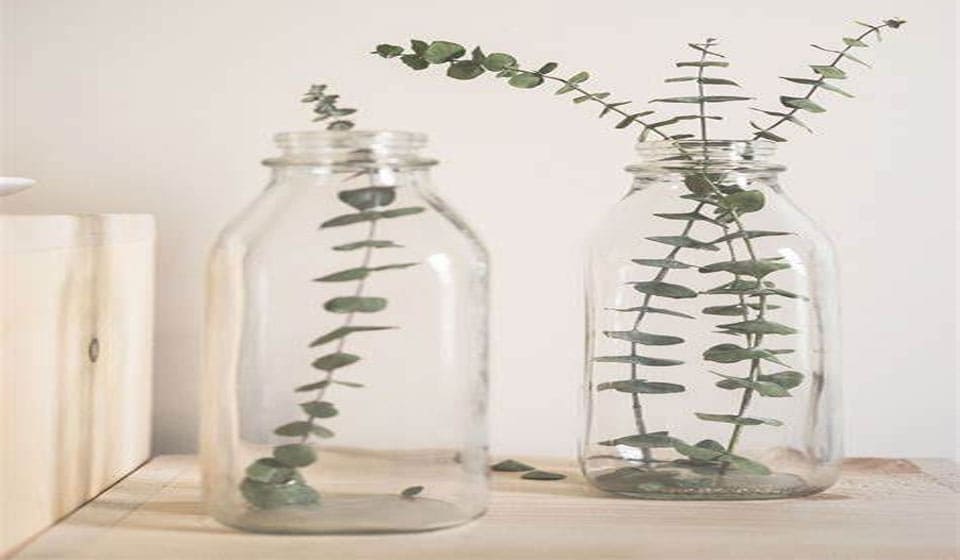
Eucalyptus leaves have a strong smell that many pests don’t like because they are full of cineole. This plant offers two good things: a relaxed atmosphere for people and a hostile environment for bugs.
13. Sage (Salvia officinalis)

Burning sage leaves produces a fragrant smoke that can be used to cleanse and keep bugs away. This old tradition shows how important sage is for keeping your home peaceful and free of pests.
Also Read: Best Tips To Grow Sweet Potatoes In Containers
14. Thyme (Thymus vulgaris)

Thymol is an essential oil that keeps yard pests away and gives thyme its pungent smell. Growing thyme near windows and doors makes your house even more resistant to bugs.
15. Petunias (Petunia spp.)
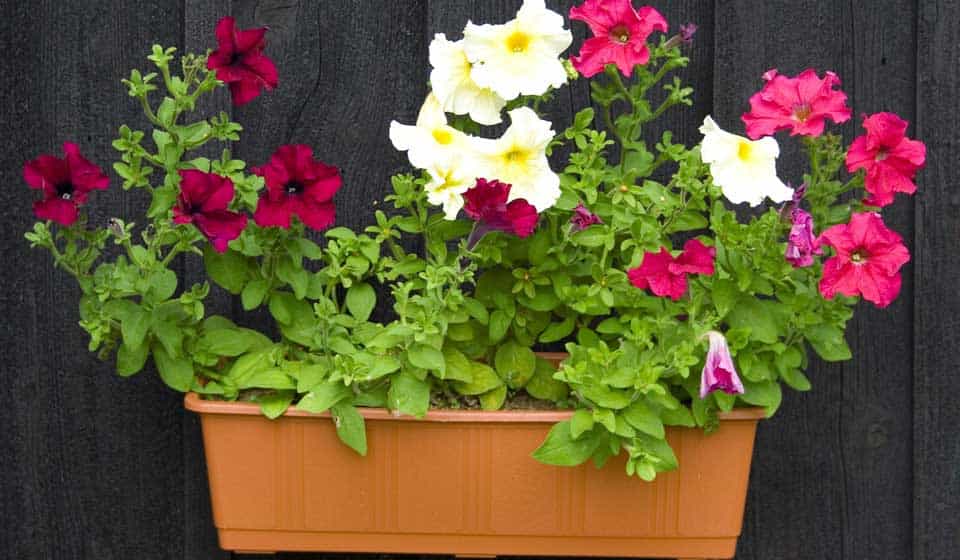
They are so bright that they are sometimes called “nature’s pesticide,” these flowers keep aphids, tomato hornworms, and squash bugs away. Not only does planting petunias make your yard look better, but it’s also an intelligent way to keep pests away.
16. Geraniums (Pelargonium spp.)
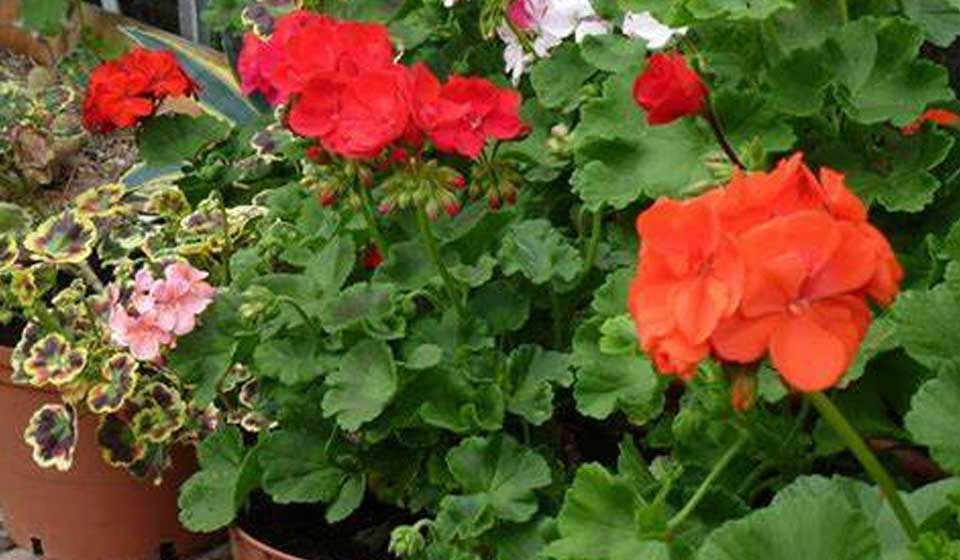
Geraniums with a scent, especially ones that smell like lemon, can keep mosquitoes and other bugs away. Their beautiful blooms make walkways and window boxes look better and serve a purpose.
17. Lemon Balm (Melissa officinalis)
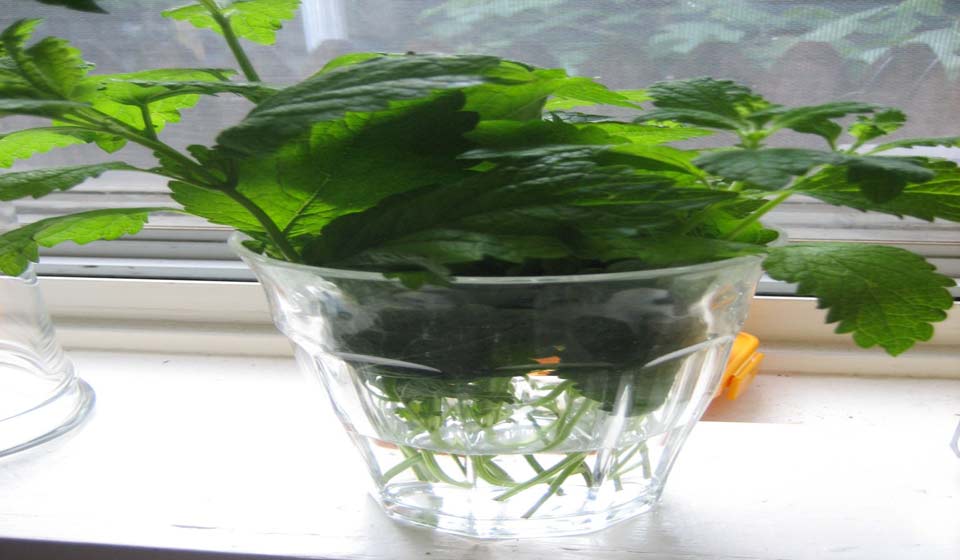
This mint family plant keeps mosquitoes away with its lemony scent, which is excellent for people to smell but keeps pests away, especially if put near doors.
18. Tansy (Tanacetum vulgare)
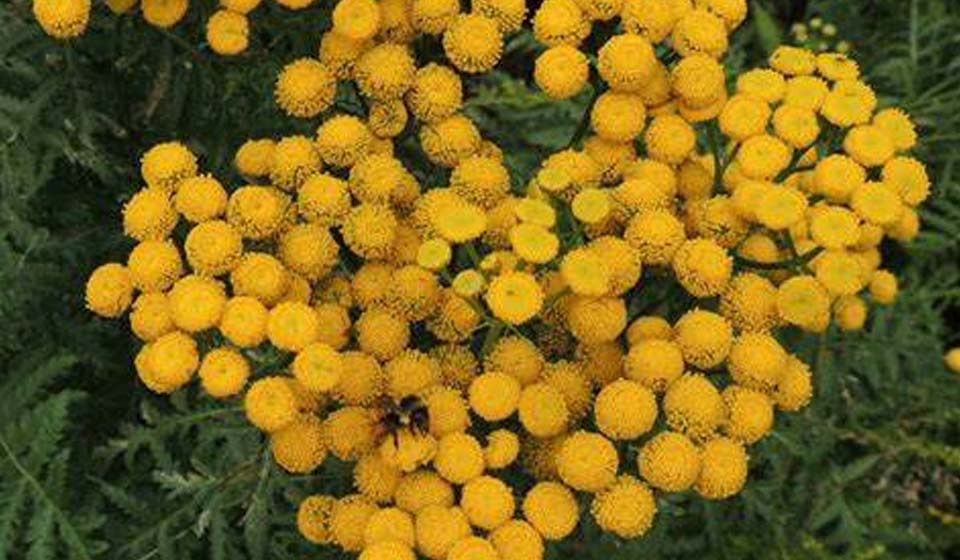
Tansy has a long history in folk medicine, and it can also keep ants, beetles, and some flying insects away. This makes it an excellent example of using various methods to eliminate pests.
Also Read: Best 25 Essential Tools To Start A Kitchen Garden
19. Wormwood (Artemisia absinthium)
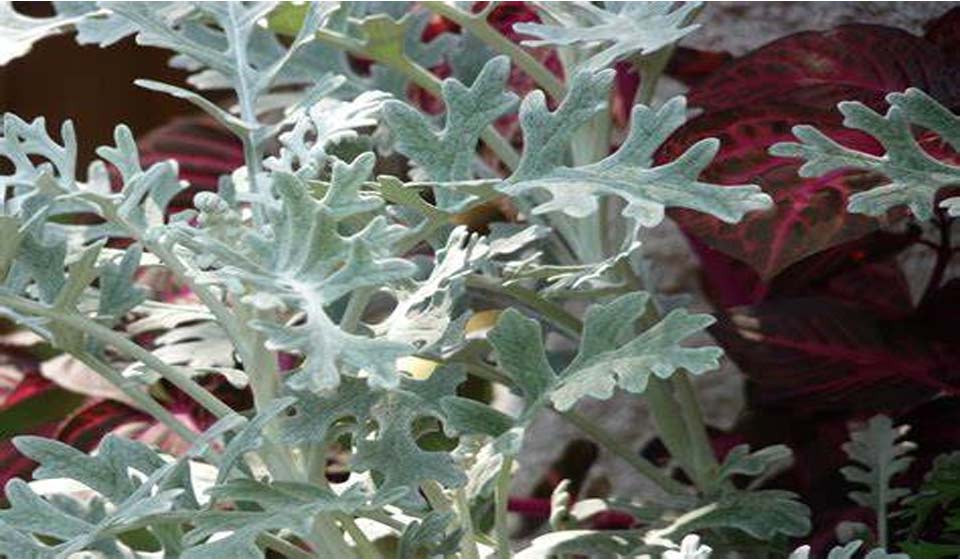
Slugs and snails are scared away by wormwood’s bitter chemicals, especially absinthin. This plant acts as a natural defense against these slow-moving unwanted guests.
20. Ageratum (Ageratum houstonianum)
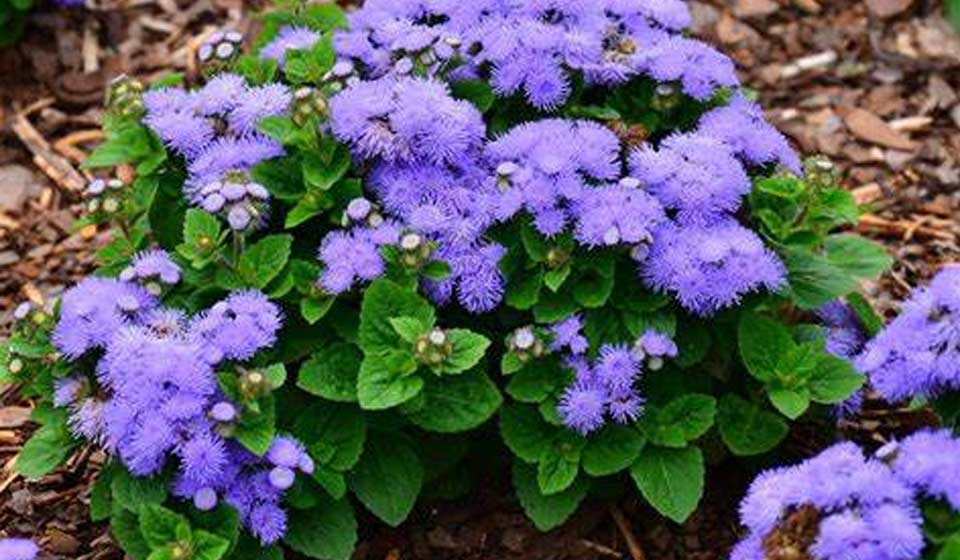
Ageratum gives off a smell that keeps bugs away, while its pretty flowers draw people in. This smell comes from coumarin, a chemical used in commercial mosquito repellents.
Closing Reflections
The plants listed above are just a tiny sample of the many natural answers to problems we face every day. Adopting these natural guards reduces our need for chemical treatments and creates a place to live rich in species and biological balance.
This look at plant-based bug repellents should make us appreciate the interconnectedness of our world even more, telling us that nature is where the beauty of creation and the way to live in a way that doesn’t harm it is found.
Integrating Pest-Repellent Plants into Your Home
Adding these natural defenders to your living areas takes both thought and planning. Take a look at these suggestions:
- Clever Placement: Put these plants near entry places like windows, doors, and vents to make a wall that bugs can’t get through.
- Indoor Gardens: Use basil, mint, and lemongrass to make an indoor plant garden. You’ll always have fresh herbs on hand, and they will also keep pests away naturally.
- Aromatic Decor: Put dried lavender in bags in drawers and closets to keep moths away and make them smell nice. Similarly, groups of dried chrysanthemums can make a place look nicer while keeping bugs away.
In conclusion
An excellent example of how natural solutions can help with daily problems is using plants that keep bugs away in our homes. We can use less chemical poisons by using the natural repellent qualities of some plants.
This will improve our living surroundings and help us connect more with nature. This method not only gets rid of pests in an environmentally friendly way, but it also makes our places more pleasant by adding the beauty and scent of these plants.
We can live in harmony with the world around us and learn from it more as we continue to study and use the knowledge built into nature. This shows that nature is where we find our most creative ideas.
Recent Posts
Here is reply of high-demand removable wallpapers. The wallpaper industry has changed a lot in recent times, with the launch of removable wallpaper being seen as a blessing for homeowners, renters,...
Brown is an often neglected color when considering interior design but brown decor living room ideas could make your house feel warm, sophisticated, and timeless. More adaptable than any other...
